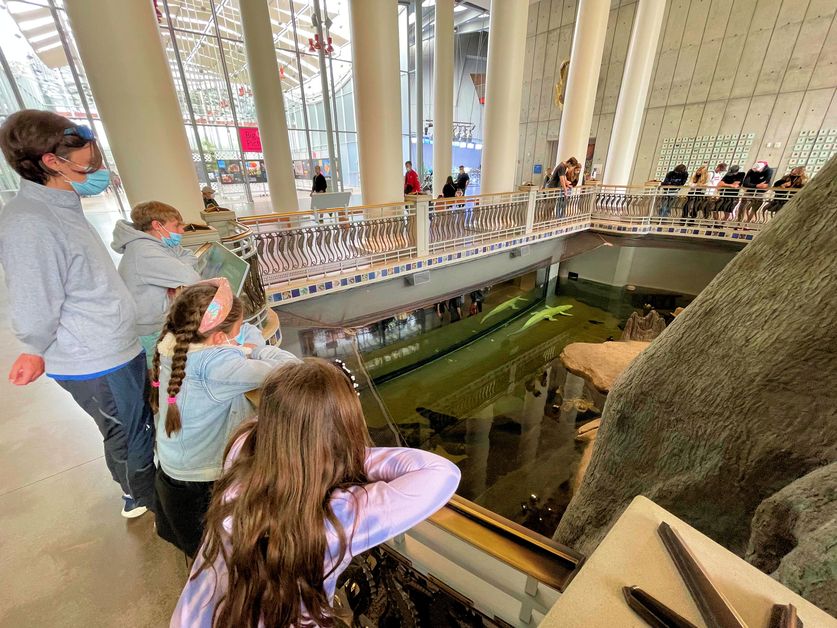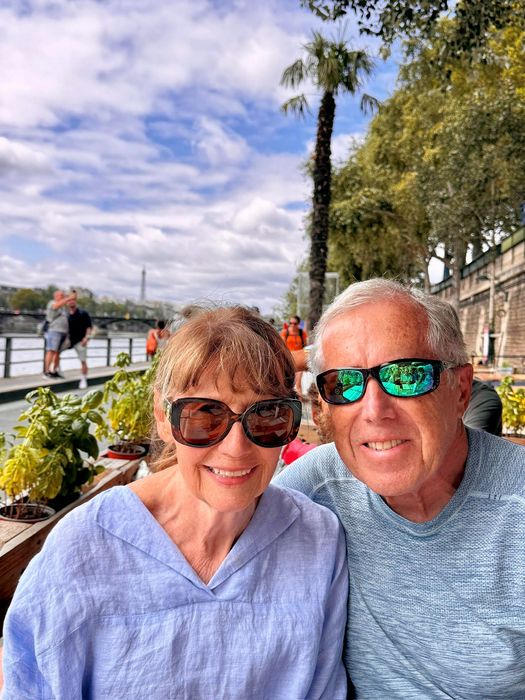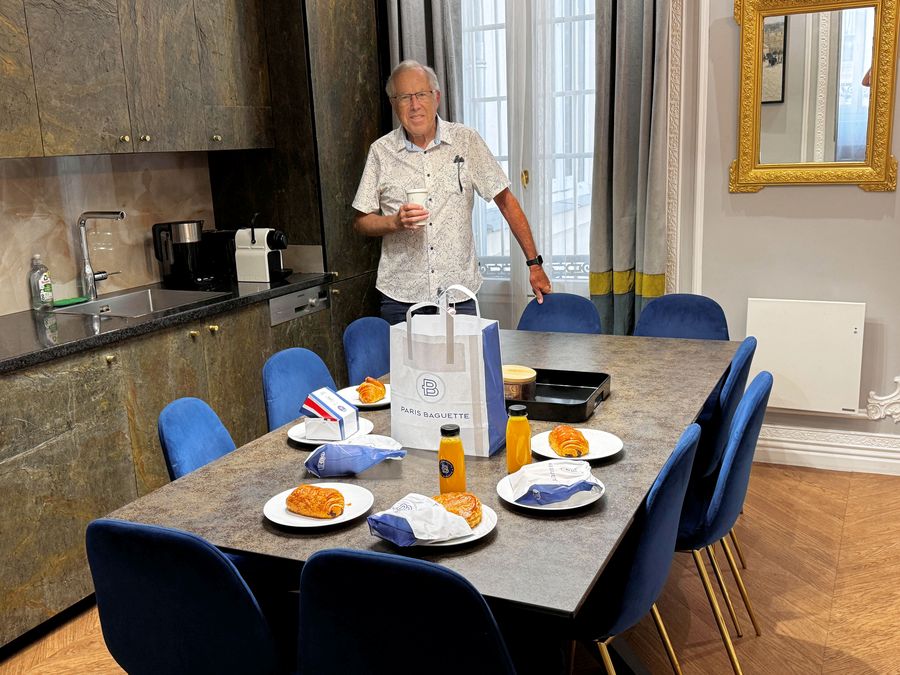THE TWINS EXPLORE GOLDEN GATE PARK…A SAN FRANCISCO TREASURE

My grandparents began taking me to San Francisco’s iconic Golden Gate Park as a small boy. I’ve included the park on almost every “9-year-old trip” itinerary. The Twins loved every minute of it! We started our visit at the California Academy of Sciences and their Steinhart Aquarium. Much has changed since I was young but vestiges of the old aquarium still exist. Everyone loves watching the albino alligator nicknamed “Claude”.

I think I love this place as much as the kids!

The girls were fascinated by the alligator! This link is the story of “Claude.”

“Mom…look!”

I can’t describe the joy I felt watching their excitement of discovery!

Kate points to the Sea Nettle Jellyfish.

“Papa,…they are changing color!”

Lo is one very happy aquarium explorer!

Patiently hoping a butterfly will land on their finger in the rainforest dome.

A beautiful blue “Morpho Amathonte” butterfly lands on a leaf.

Vaughan wasn’t able to see the Academy of Sciences on his “9-year-old” trip so he was excited to see it.

You can tell who is the happiest in this photo!

The family lines up to climb up the bridge at the Japanese Tea Garden.
Everyone loves going over the famous “Drum Bridge.” The bridge was designed by master shrine builder Shinshichi Nakatani and built in Hiroshima-ken, Japan. It was then shipped to San Francisco for the 1894 World’s Fair.

The explorers.

Flashback: Vaughan on the bridge on his 2014 trip ad Owen in 2016.

The Japanese Tea Garden never fails to enchant.

Owen leads the group over the stones.

The only thing missing on this wonderful day with the kids was my dear Marla! Sadly, she was in the hospital in Santa Rosa.

San Francisco’s Japanese Tea Garden was originally developed for the 1894 World’s Fair in San Francisco. It was conceived and designed by Baron Makoto Hagiwara, a wealthy landscape designer. Hagiwara’s descendants maintained the Japanese Tea Garden until the start of the second world war. They were sent to a Japanese temporary internment camp when the U.S. went to war with Japan . Without the Hagiwara family, the Japanese Tea Garden was not kept up nd fell into ruin. During this time, it was renamed the Oriental Tea Garden. It was eventually reinstated by the city as the Japanese Tea Garden in 1952.

This amazing Buddha Sculpture in the Garden is known as “Amazarashi-No-Hotoke”. The 1 1/2 ton sculpture was cast in 1790 in Tajima, Japan. It was displayed in the Gump’s store for 15 years before Gump’s donated it in 1949.

It was so much fun exploring the garden.

The Tea House brings back many memories of visits over the years. My Mother loved having tea here.

The Girls can’t wait to return this amazing and magical place!
Photos: Dick Gentry…Not to be used without permission.
About The Author
admin
Related Posts
AUDREY HEPBURN ONCE SAID…“PARIS IS ALWAYS A GOOD IDEA.” I COULDN’T AGREE MORE!
Paris has always held a special place in Marla’s and my heart. Even…
October 29, 2021PARIS 2024 OLYMPICS…”CITIUS, ALTIUS, FORTIUS”
It was all about “FASTER, HIGHER, & STRONGER” as we spent a week…
October 29, 2021

Leave A Comment